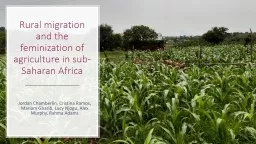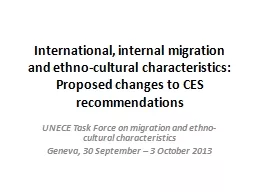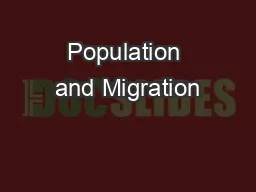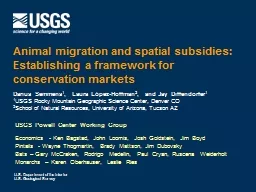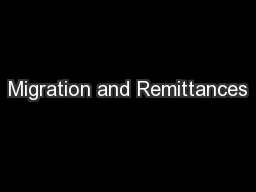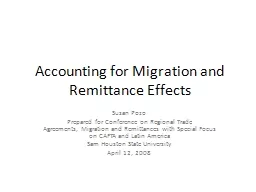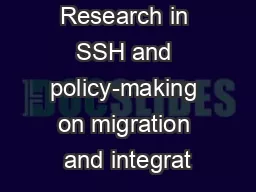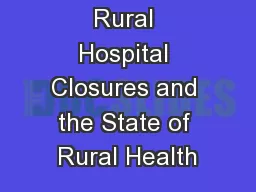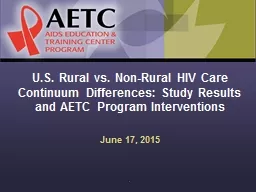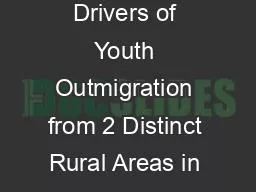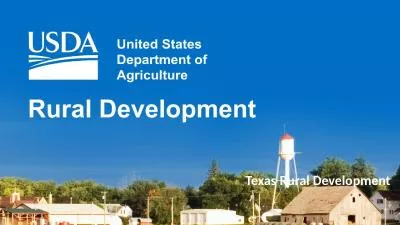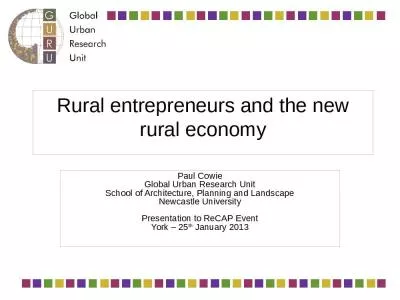PPT-Rural migration and the
Author : loaiatdog | Published Date : 2020-06-30
feminization of agriculture in sub Saharan Africa Jordan Chamberlin Cristina Ramos Mariam Gharib Lucy Njogu Alex Murphy Rahma Adams Background Rural migration
Presentation Embed Code
Download Presentation
Download Presentation The PPT/PDF document "Rural migration and the" is the property of its rightful owner. Permission is granted to download and print the materials on this website for personal, non-commercial use only, and to display it on your personal computer provided you do not modify the materials and that you retain all copyright notices contained in the materials. By downloading content from our website, you accept the terms of this agreement.
Rural migration and the: Transcript
Download Rules Of Document
"Rural migration and the"The content belongs to its owner. You may download and print it for personal use, without modification, and keep all copyright notices. By downloading, you agree to these terms.
Related Documents

